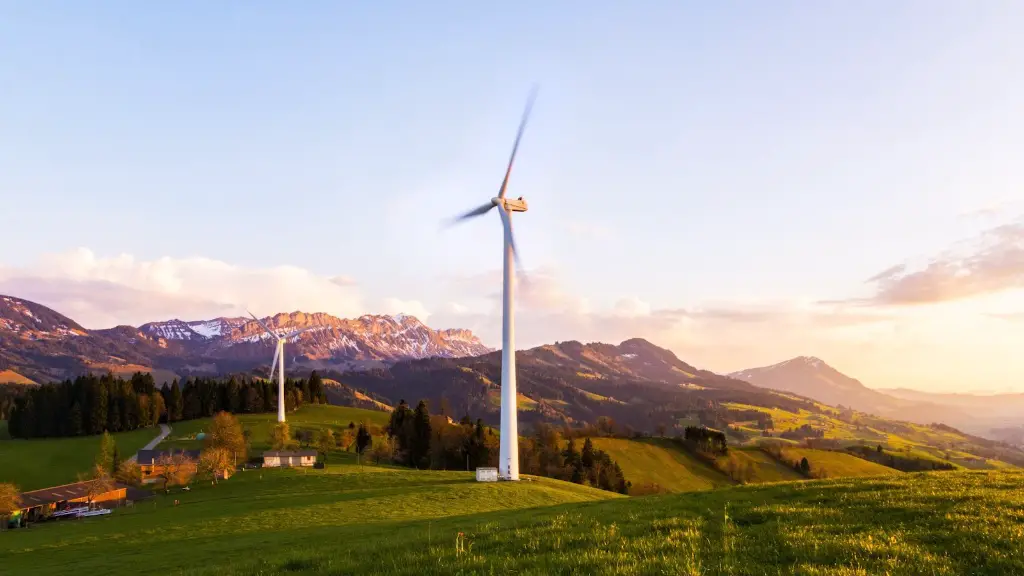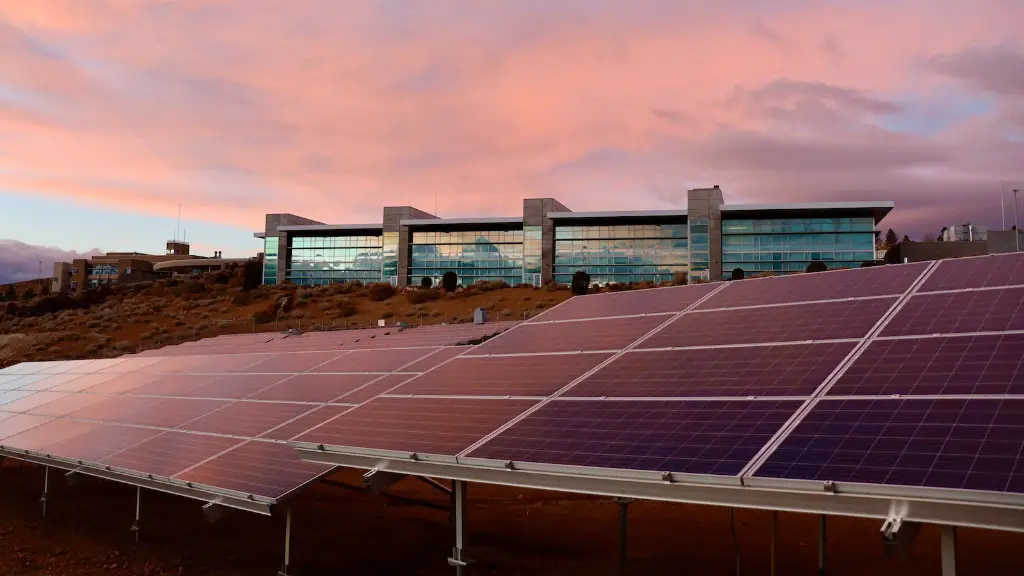Global warming has been of great concern for the past century, and its ramifications have been felt everywhere. One place that is particularly vulnerable to the effects of global warming is deserts. Deserts are characterized by arid landscapes, temperatures that are often quite high, and relatively little rainfall and vegetation. This environment, combined with the potential for global warming, can lead to significant challenges and changes.
Increased global warming will result in more extreme and unpredictable weather conditions, as well as higher temperatures. This can cause more droughts and desertification in previously green areas, leaving them vulnerable to desert conditions. In some cases, rising temperatures may even cause deserts to expand around their edges. As a result, the availability of resources, such as food, water and medicines, can be severely limited.
Global warming also affects the flora and fauna of deserts, making them vulnerable to extinction due to rising temperatures, less rainfall and more extreme weather conditions. As temperatures increase, species may be unable to adjust and ultimately be wiped out. Additionally, the lack of resources in deserts can make it difficult for species to survive since it may be challenging to find food, water and shelter.
The extreme temperatures of desert regions are also likely to be exacerbated by global warming. This can make it even harder for people, animals and plants to survive in these areas. As a result, indigenous populations may be particularly hard hit by the effects of global warming, as they are already living in a harsh environment.
On the other hand, global warming could potentially provide some benefits to deserts in addition to its negative impacts. For example, an increase in temperatures could lead to more precipitation, which could in turn result in temporary increases in vegetation. Additionally, the increased temperatures could mean longer growing seasons, allowing plants to blossom more quickly and produce more food and resources for those living in the area.
Finally, global warming may also cause some changes to desert landscapes that could be beneficial. For instance, higher temperatures could cause more snowpack and ice melt, potentially resulting in inland seas, lakes and rivers. This could open up new opportunities for farming and fishing, as well as provide more sources of water for those living in the desert.
Ultimately, global warming has significant implications for desert ecosystems, with both potential positive and negative effects. It is important for those living in desert regions to be aware of the potential impacts of global warming, and to take steps to protect themselves and their environment. This may include ensuring access to clean water, supporting renewable energy sources, and linking local communities to global efforts to combat climate change.
In the face of global warming, it is critical for us to work together to protect the desert ecosystems that are affected by its effects. By being mindful of the challenges associated with global warming and making efforts to reduce its impact and adapt to its real-world implications, we can ensure that deserts remain as vibrant and resilient ecosystems in the future.


